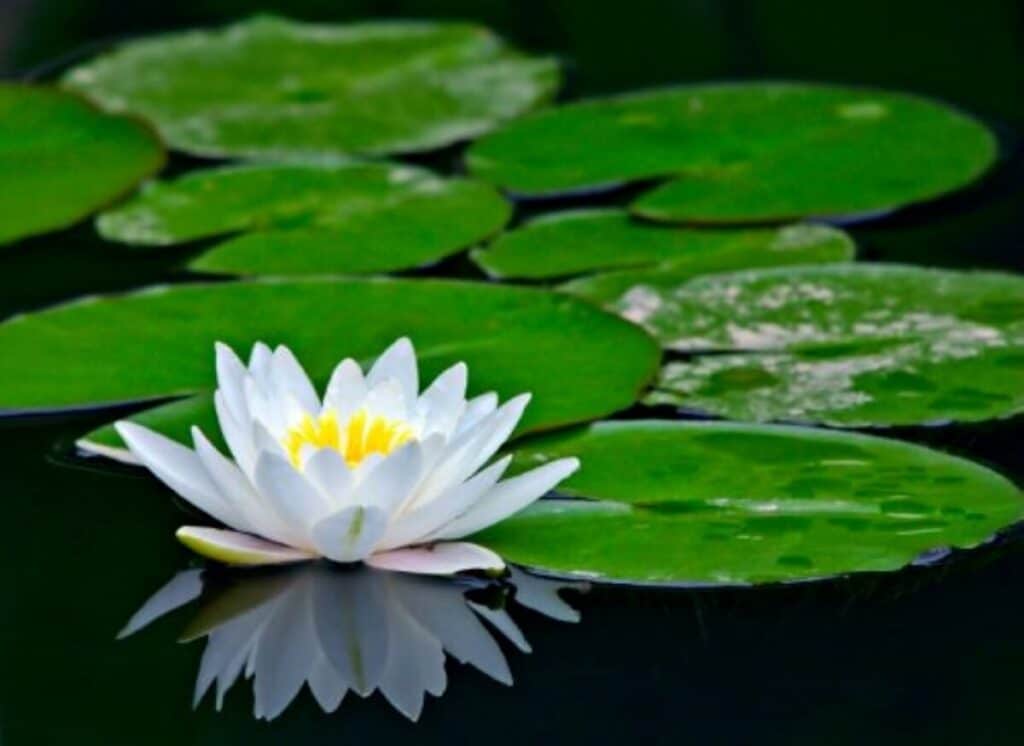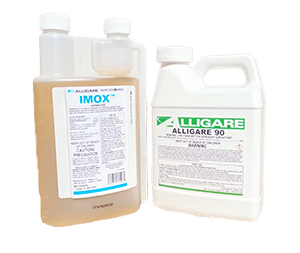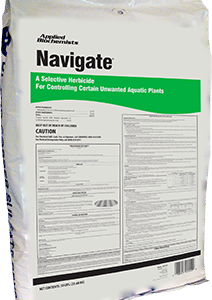
Control Water Lily
Water lilies, or lily pads, are a native plant revered by lots of people across the United States. They can be a nuisance if they are crowding docks, boat lifts or waterways, or overtaking ponds. Many homeowners ask how to get rid of water lilies. The following options can be considered for how to control water lilies.
Click here to read more about identifying this plant.
Manual/Mechanical Control:
If you are considering how to remove water lilies, physically pulling the plants and digging up the roots can be an effective method of control. However, the roots (rhizomes) of the lilies can be very stout, ranging from one to six inches thick and growing several inches beneath the soil or sediment.
Digging up the complete root system is required for mechanical control, and can be very difficult. Water lilies can re-grow from any rhizomes or seeds remaining in the water.
Herbicide Control:
There are multiple options for how to kill water lilies that offer great control. Similar to mechanical control, it is important to kill the roots of the lilies.
- Cattail and Water Lily Control (Imox + surfactant) (for ponds or lakes) – liquids that are mixed and diluted with water and sprayed on top of the lily pads.
- Spritflo (for ponds with no outflow) – liquid that is poured and spreads throughout the entire body of water, offers extended control.
- Liquid 2, 4-D (for ponds or lakes) – liquid that is diluted with water and sprayed directly on the lilies. Most effective on treatment areas larger than a half-acre, this allows longer contact and exposure time.
- Navigate 2, 4-D (for ponds or lakes) – granules that are broadcast over the plants. Most effective on treatment areas larger than a half-acre, this allows longer contact and exposure time.
- Semera or Flumigard (for ponds or lakes) – granules that are dissolved and mixed or liquid that is mixed and diluted with water and sprayed on top of the plants (early morning is best), fast-acting.
Systemic Herbicides (Imox, Spritflo, 2, 4-D): These herbicide options get absorbed into the water lilies, travel throughout the plants, and move down to the roots. These herbicides can kill some or all of the roots.
Contact Herbicides (Semera, Flumigard): These water lily treatment products can kill the plants and plant cells that are contacted with the herbicide, but they do not affect the roots. Remaining roots will use stored energy to sprout new stalks and leaves. Multiple effective contact herbicide treatments in succession can starve out the roots of energy to effectively control sections of water lilies.
Treatment Tips:
- With Imox or other systemic herbicides, treatment is most effective when the plants are mature or close to full grown. This allows for more plant surface to spray enough mixture on.
- Treat in late summer to early fall to get better kill of the root systems. At this time, plants are pulling energy into their roots to store for the winter.
- After treatment, do not pull water lilies. The root system is so vast that it needs all the time it can get to let the herbicide work. Sometimes roots float to the top of the water and may be removed at that time.
- Spritflo can be used at the first signs of growth.
- 2, 4-D options can kill the plants before they break the surface of the water but generally do not impact root systems greatly with early season treatment. May require multiple treatments four to six weeks apart in the spring or summer to completely control water lilies down to the roots.
Recommended Products
-
Cattail & Water Lily Control
$143.00 -
Spritflo®
$129.99 – $1,899.99 -
2, 4-D Products
$62.00 – $395.00 -
Navigate®
$333.00





